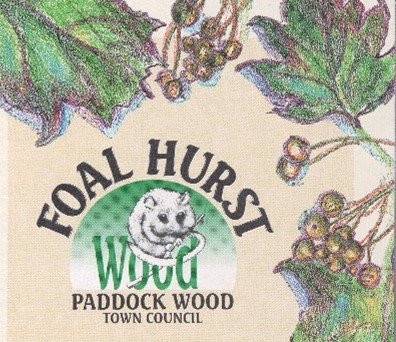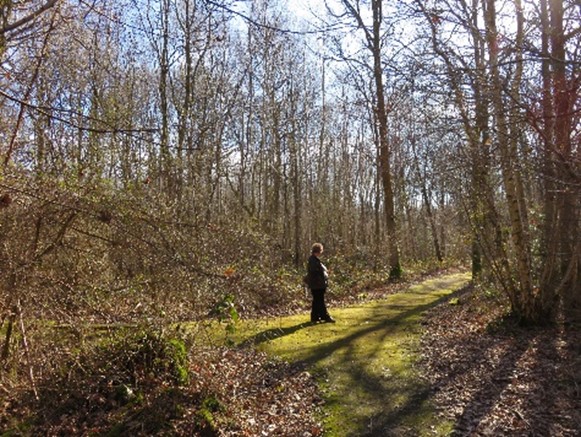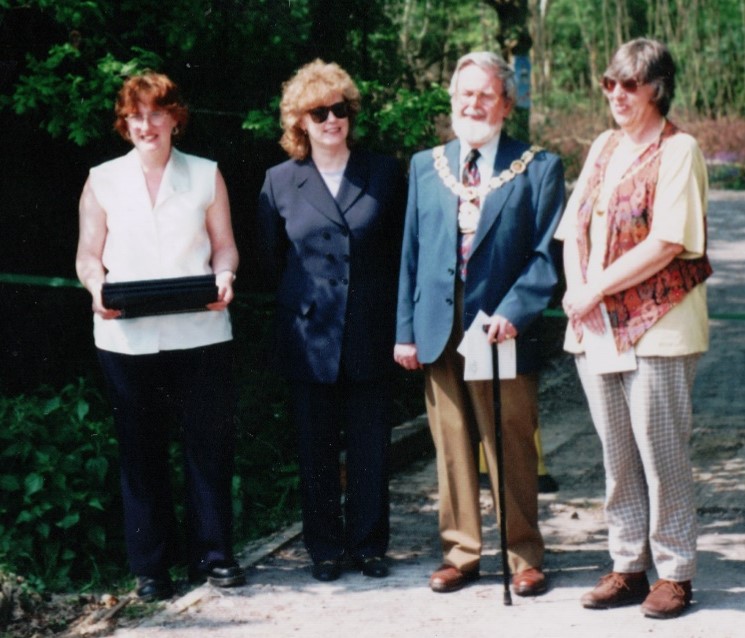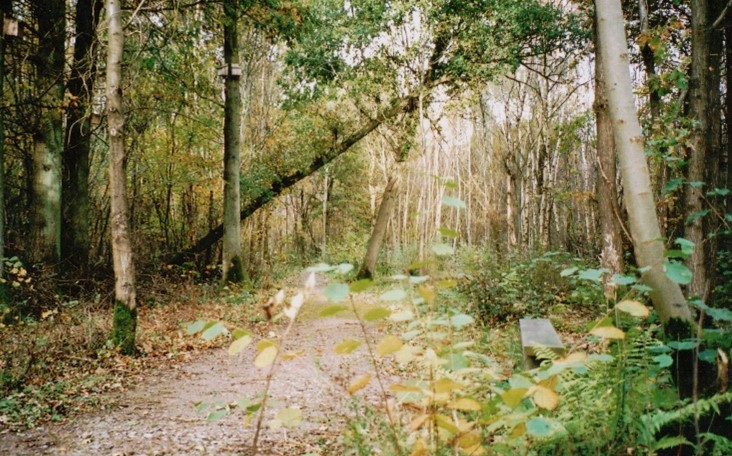 FOAL HURST WOOD NATURE RESERVE: HOW A COUNCIL’S VISION BECAME A REALITY
FOAL HURST WOOD NATURE RESERVE: HOW A COUNCIL’S VISION BECAME A REALITY
by John Flashman
Foal Hurst Wood in Paddock Wood dates back to at least the 17th century. This entitles it to be regarded as ancient woodland, which in England is defined as woodland that has existed continuously since 1600 or before. Prior to that date planting of new woodland was uncommon so a wood which existed in 1600 is likely to have developed naturally. In most, if not all, ancient woods, the trees and shrubs have been coppiced periodically as part of the management cycle but provided the area has remained as woodland, the site is still considered ancient. Since it may have been cut over many times in the past, ancient woodland does not necessarily contain very old trees.
For many species of animal and plant, ancient woodland sites provide the sole habitat and, for many others, conditions on these sites are much more suitable than those on other sites. Because they have developed over such long timescales, ancient woods have unique features such as relatively undisturbed soils and communities of plants and animals that depend on the stable conditions ancient woodland provides, some of which are rare and vulnerable. Ancient woodland in the UK, like rainforest in the tropics, is home to rare and threatened species and is often described as an irreplaceable resource.
Although it has been modified over many years by coppicing Foal Hurst Wood retains many ancient woodland features including specimens of wild service tree, a deciduous broadleaf tree native to the UK. Despite being the only piece of natural woodland within the parish the importance of the site was not really recognised until the 1980s when Canon Denis Winter, vicar of Paddock Wood and the then chairman of the parish council became interested in the site’s potential as an asset for the community. By this time a section of the wood had been cleared, fenced and replanted with oak and larch by the owners, Kent County Council (KCC) but happily some of the older boundary trees remained and none of these suffered damage from the great storm of October 1987.

| Foal Hurst Wood in March 2015 |



